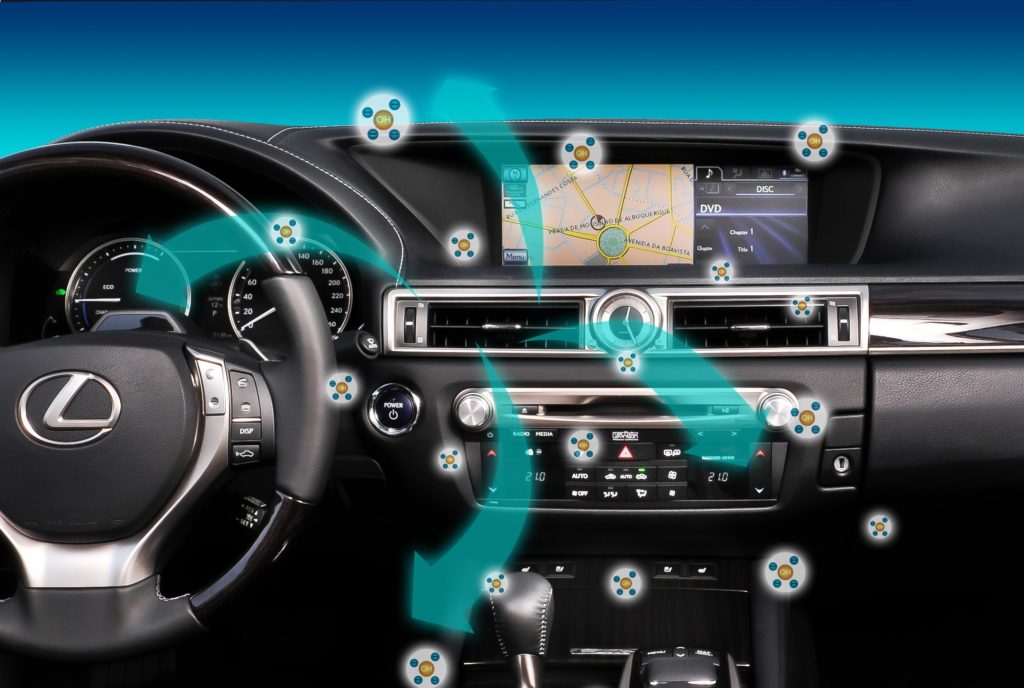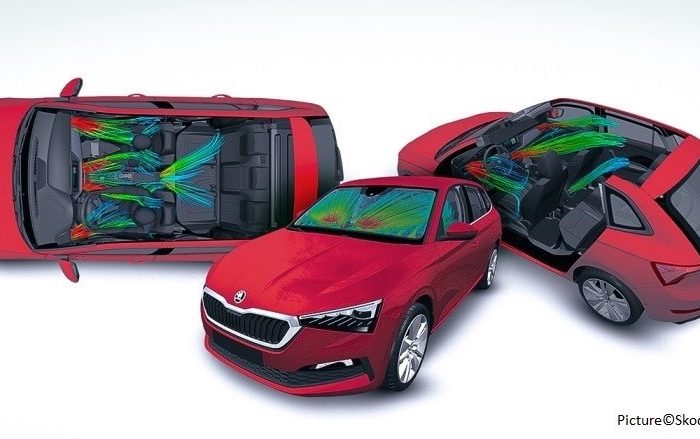It’s common to see a small pool of water beneath your car on a hot day. The water comes from the car air conditioning and it’s entirely normal, particularly in warmer weather. Read on to find out why your car drips water.
Why does car air conditioning drip water?
The way air conditioning works is by taking the air and pulling humidity out of it. The warmer the air, the more moisture it contains. This humidity is turned into water in the car’s air con system and has to go somewhere. The system is designed so that it gets rid of this water by allowing it to escape from the car through a drain hole. Hence the drips beneath the car.
One point to remember is that this should be a drip, leaving a saucer sized patch of water or less. If it’s significantly more than that, your car might be leaking another kind of fluid.
Check that it is the car air conditioning
The most important thing to do is to check that the liquid beneath your car is from the air conditioning. The easiest way to do this is by sense of touch and smell. If it’s water coming from the air con, it’ll be clear and odourless.
Cars can spring leaks in the air conditioning condenser. This is positioned by the radiator and is prone to damage from flying debris. If it is this leaking, it’s likely to be a once-only leak and it’ll be towards the front of the car.
If the puddle beneath the car is oily it’ll be coming from somewhere else in the engine. And if it’s got colour to it, it’s probably coming from the engine cooling system somewhere.
How air con works
Air conditioning cools the air by drawing it from the cockpit or from outside. Refrigerant is the key ingredient here. This can evaporate at a lower temperature, condense again at higher pressure. The air con’s compressor pumps this refrigerant as a vapour under high pressure to the condenser.
This condenses the refrigerant to a liquid. The cold, low pressure refrigerant moves into the evaporator. Here it vaporises and in so doing absorbs the heat from the air. The moisture too is drawn off at this point. Then the refrigerant goes back to the compressor to start its journey again. You can add your own refrigerant to a car’s system, although it’s a job probably best carried out by professionals.

Remember air conditioning uses fuel
For most of us, car air conditioning is a must-have. But it’s important to remember that the system uses the car’s engine or electric motor to power it. The more we use the air con, the more energy we’ll consume.
However, don’t be tempted to turn the air con off for long periods of time. The seals inside the system rely on the refrigerant to stay supple and do their job. If you don’t run the air conditioning, the seals can dry out and the system will start to leak.

I’ve been writing about cars and motoring for more than 25 years. My career started on a long-departed classic car weekly magazine called AutoClassic. I’ve since pitched up at Autosport, Auto Express, the News of the World, Sunday Times and most recently the Daily Telegraph. When I’m not writing about cars and motoring, I’m probably doing some kind of sport or working in my garden.







